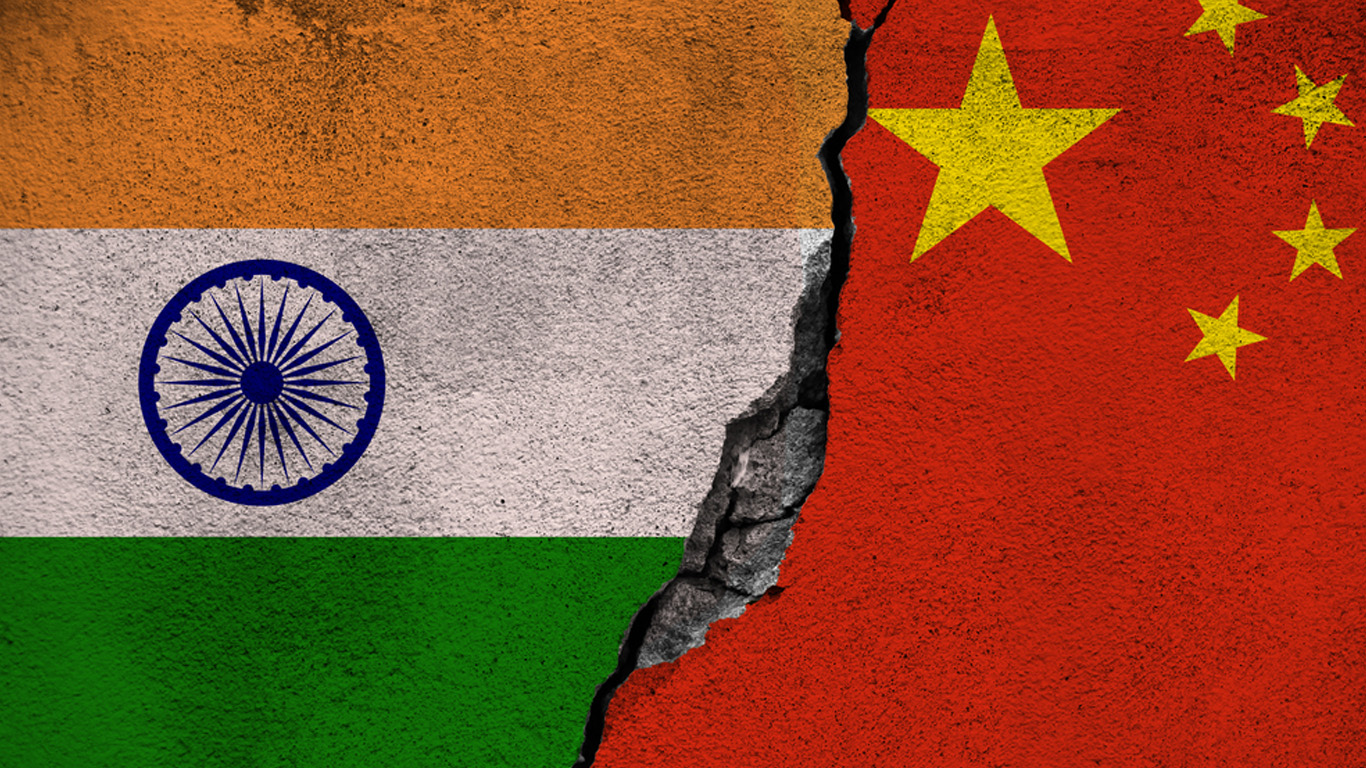India’s View on the Chinese Diplomacy in the Middle East – Part Two
While the US is monitoring every move China makes in the Middle East, India is cementing and enhancing its position in the region.
In the last episode, we explored how Chinese Diplomacy is making inroads in the Middle East. In this episode, we will focus on the I2U2 grouping and India’s approach toward the region.
To meet the Chinese threat and challenge the growing influence of China in the Middle East, India, and the US has formed a “minilateral” group called I2U2. The I2U2 will focus on high technology, geoeconomics, risk mitigation, and supply-chain diversification. The formation of the I2U2 is an indirect challenge to China by India.
Joe Biden, the president of the United States, mentioned the following during Prime Minister Narendra Modi’s visit to Washington:
“Through our new I2U2 group, we are building regional connections to the Middle East and spurring science-based solutions and — to the global challenges, like food security and clean energy.”
While the I2U2 is still in its nascent stage, the new group promises to address various issues. For Israel and UAE, the group is a way of keeping India and the US involved in the region.
An article published by the Middle East Institution mentions the following:
“While these narratives have been regularly aired in public discourse in recent months, the role of New Delhi within the region’s security construct seems to be more independent than attached to any specific regional security architecture. Over the past months, India has conducted multiple military exercises with the likes of Saudi Arabia, the UAE, Oman, and Egypt, the scope of which has gradually expanded. The exchanges have gone from being largely conducted by the navies to include the army and air force as well, and have expanded from mere port calls to include more operational mandates aimed at interoperability.”
India’s approach in the region is twofold: economic and strategic. Both efforts are running parallel through different channels. The India-US partnership is the common factor, which is feeding India’s approach.
The Middle East Institution article mentions:
“The common factor between them is the India-U.S. partnership feeding into new minilaterals, economic ties, and relationships in the region. However, this also raises a significant question: How does New Delhi intend to manage its strategic autonomy in the region, which until now has allowed it to maintain robust relations with all three poles of power — Israel, Iran, and Saudi Arabia?… India will need to find other ways to strike a balance, specifically in its relations with Iran, which face scrutiny and pressure from U.S. foreign policy and the sanctions regime Washington has put in place…”
How did you find this information? Please mention this in the comments section. We would also like to know the kind of content you want to watch, and we will try to create it for you. For more news and updates, follow Airr News.
#IndiaAndMiddleEast #China #USA #Israel #SaudiArabia #GulfNations #I2U2 #ChineseThreat #IndiaAndChina #ChineseInfluenceInGulf #IndiaEmergingInMiddleEast #Geopolitics #MiddleEasternPolitics #AirrNews #NewINEnglish

